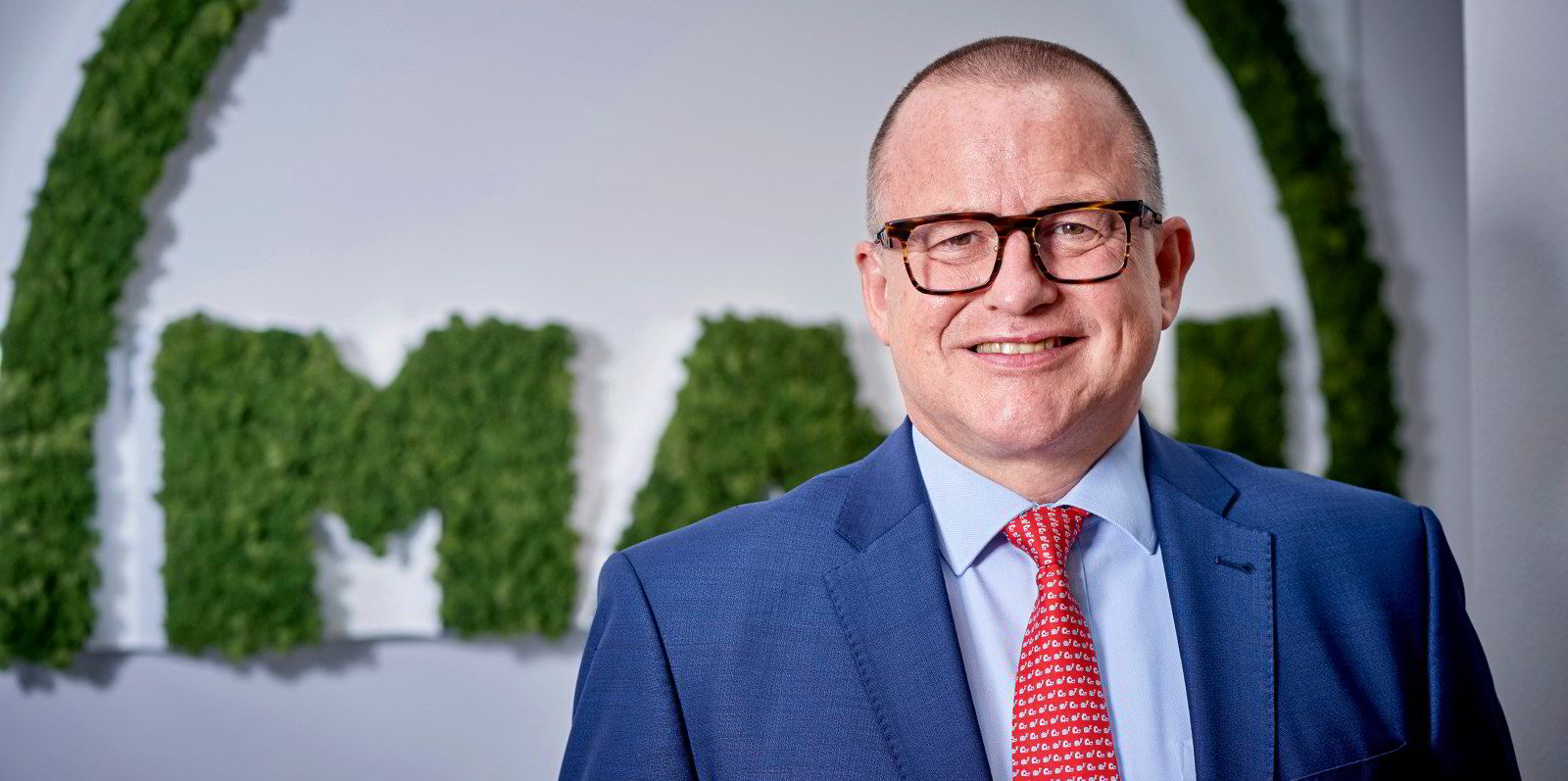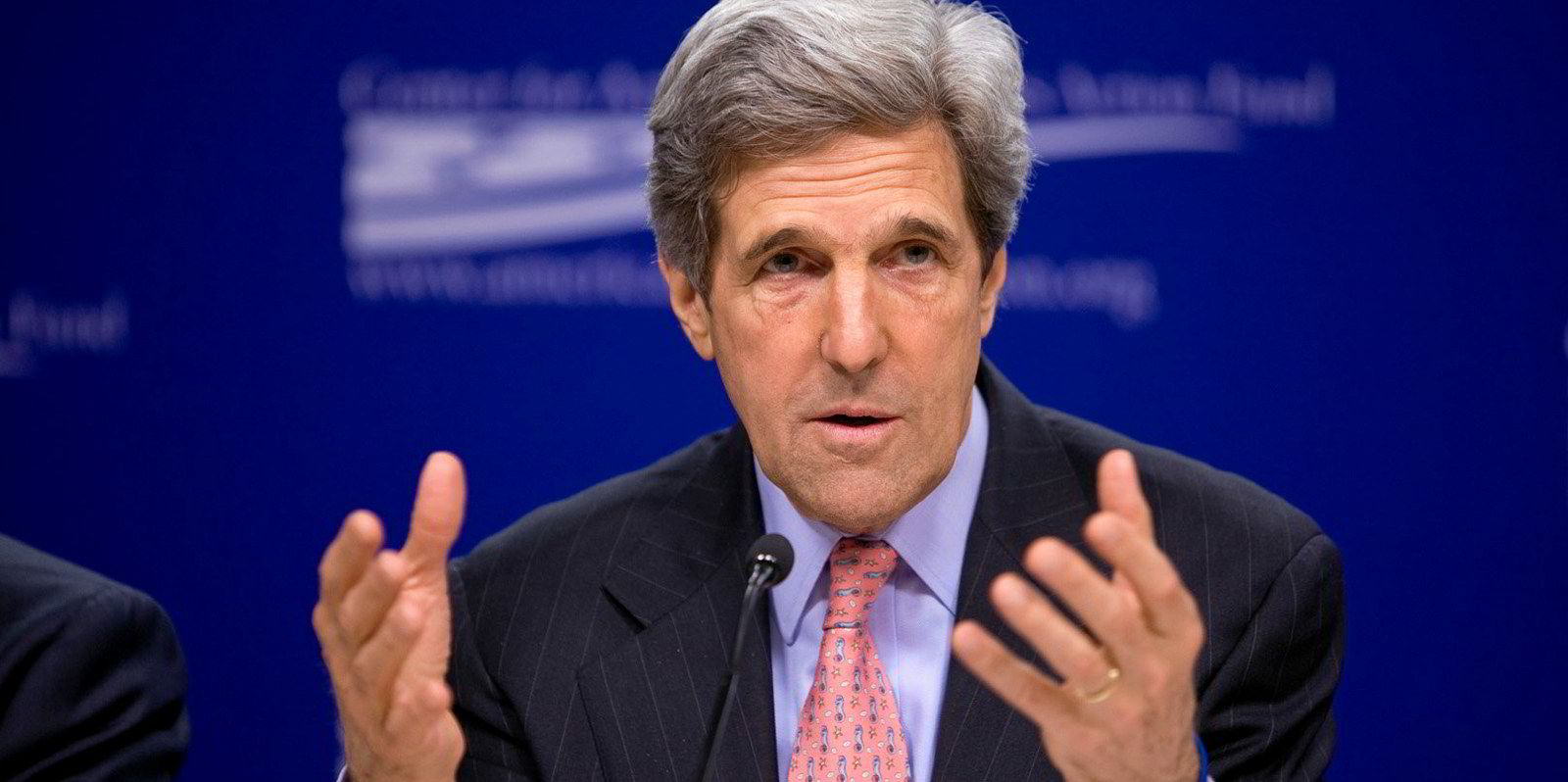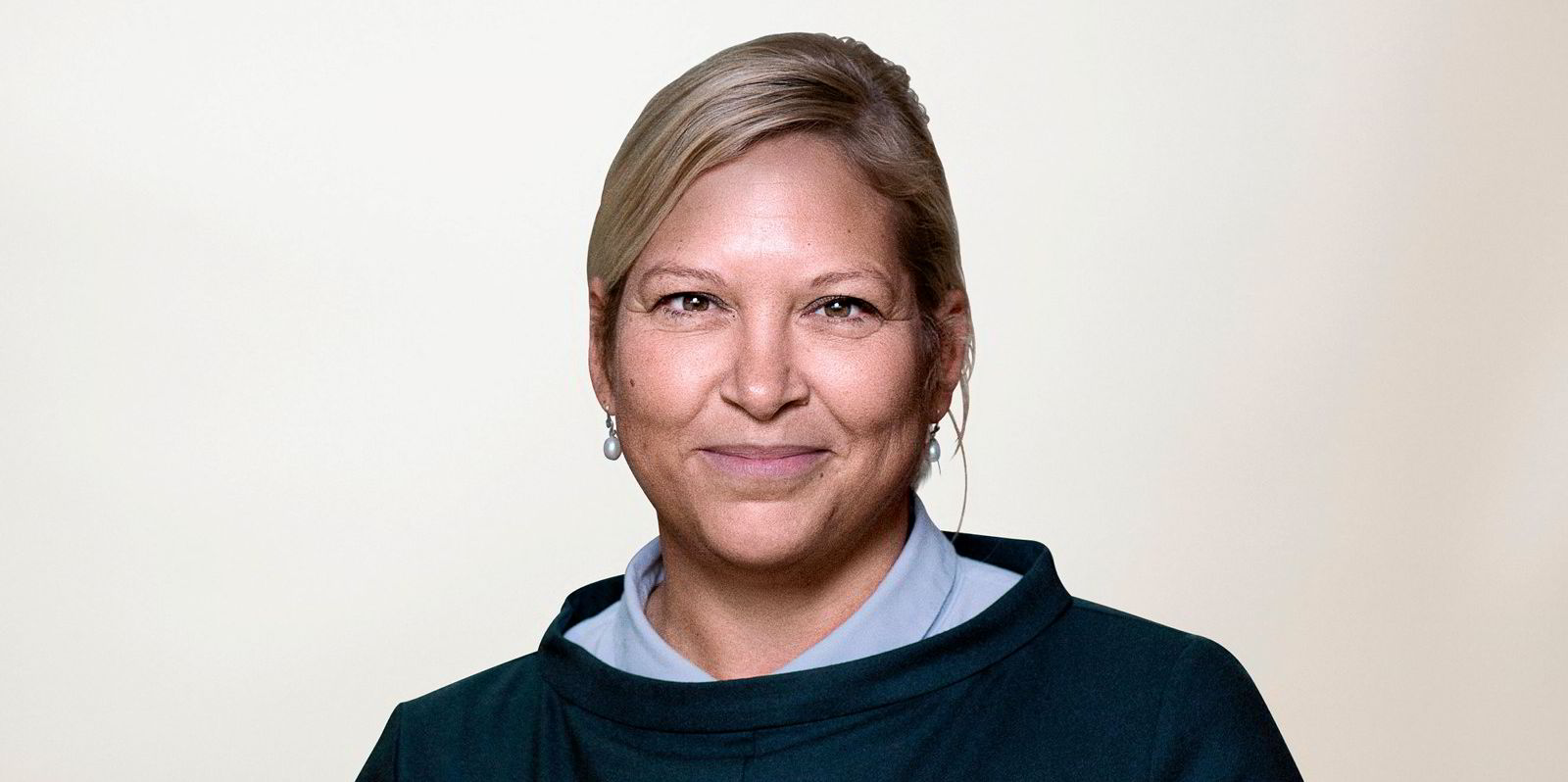Europe and the US are poised to make a last-minute call for the International Maritime Organization to adopt tougher carbon emission reduction targets at a crunch meeting later this month.
The call for action comes as the US is starting to flex its muscles on shipping decarbonisation for the first time since US special envoy for climate John Kerry recently stated he wanted to see the IMO raise its ambitions and target zero-emissions by 2050.
The move comes just days after prominent shipping executives called on the IMO to set a zero-emission target for maritime transport by 2050 so that the worst effects of climate change can be avoided.
The IMO's Marine Environment Protection Committee, which starts on 10 June, is preparing to adopt short-term measures, including the Energy Efficiency Design Index and Carbon Intensity Index (CII), into the Marpol convention.
But at the last minute, European Union member states and the US have said they are unhappy with the proposed carbon emission reduction rate set for the CII regulation, claiming it does not go far enough.
The draft proposal is in effect a compromise that involves a carbon intensity reduction rate based on a 2019 baseline over three phases.
Phase two includes 2% reduction rate line from 2023 to 2026. In the compromise, the third phase, has been left open for a higher reduction rate to be agreed.
At last week’s IMO Intersessional Working Group on Reduction of GHG Emissions from Ships, where the draft was drawn up, the US said it wanted to see a carbon intensity reduction rate of between 4% and 5% in place between 2023 and 2026. The EU also said it wants to see higher figures.
The US and EU argue that the draft proposal is not enough to keep shipping in line with the Paris Agreement on climate change to limit global warming to 1.5C.
But the draft was based on an economic impact survey. The review looks at how developing countries might be affected by the higher transportation costs and speed reductions that will result from the CII regulation.
Some countries suggest that if the impact study has to be redrawn for a higher reduction rate then it runs the risk of delaying the IMO's adoption of short-term measures.

Japan, China, Singapore and Argentina are strongly backing the current draft proposal.
An official from the Japanese delegation told TradeWinds it wanted the IMO to prioritise the adoption of short-term measures to the Marpol convention and that it would like to see countries demonstrating a “spirit of cooperation” to find a “practicable” solution.
Industry sources said they too are concerned about the lack of certainty over what will be required after 2026.
MAN Energy Solutions senior vice president Bjarne Foldager said that the level of ambition being discussed at the IMO is too low and the current deliberations have left shipowners “in uncertainty”.
“Shipowners have been uncertain for a long period of time because they have been waiting for the regulation to come in,” he said.
“They don’t know what technologies to select, they don’t know what the efficiency level should be.
"We were all hoping and expecting the IMO to come up with a more ambitious level and to come up with a long-term plan that would give shipowners some certainty about which requirement to reach.”






